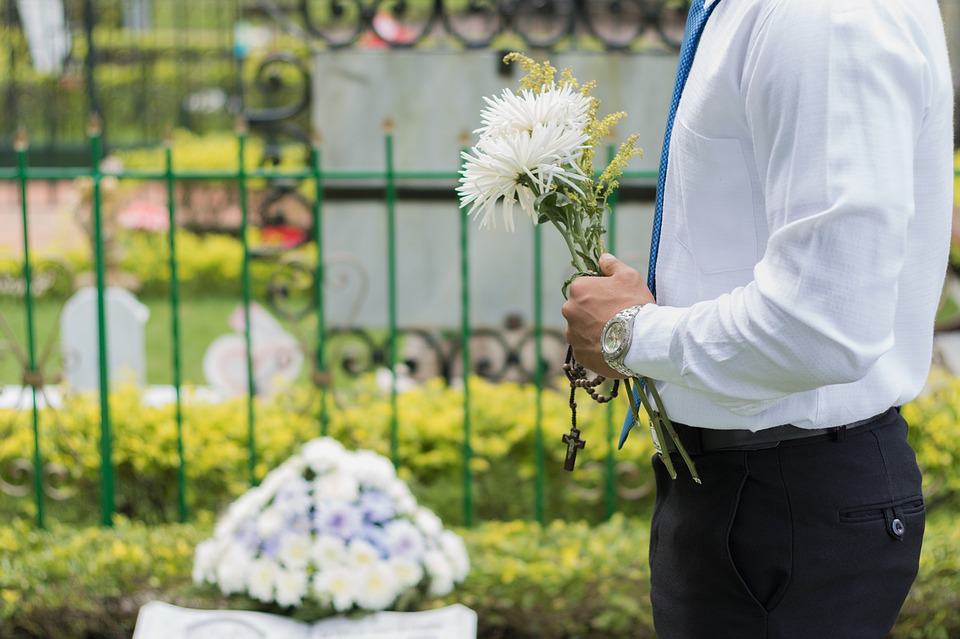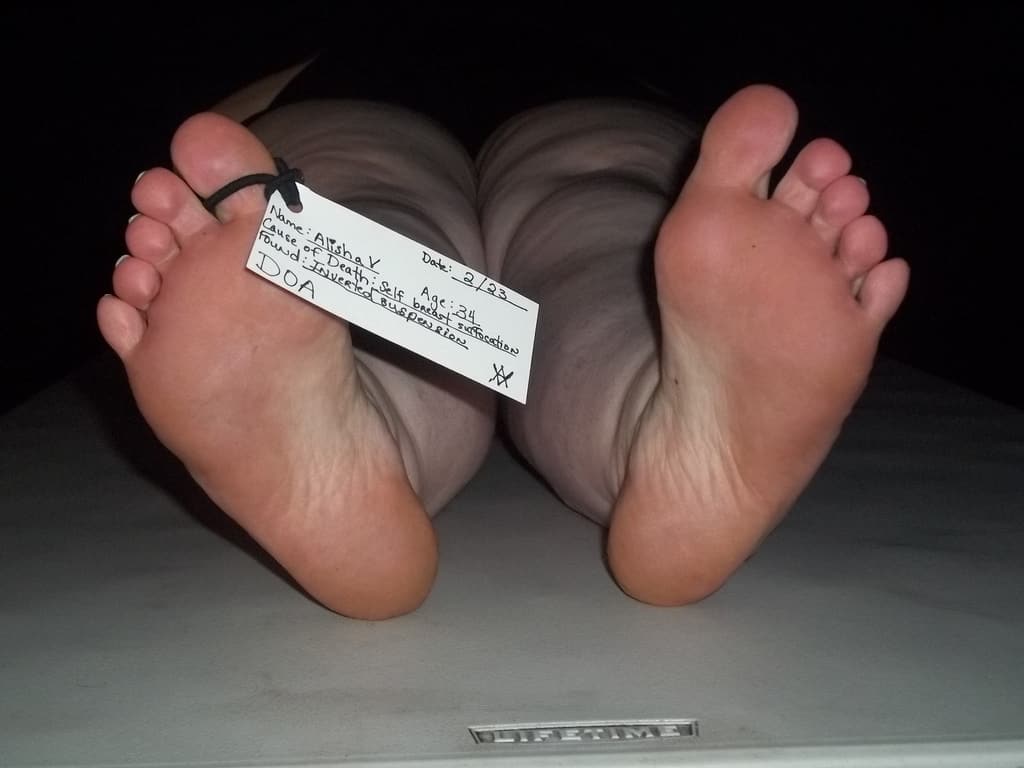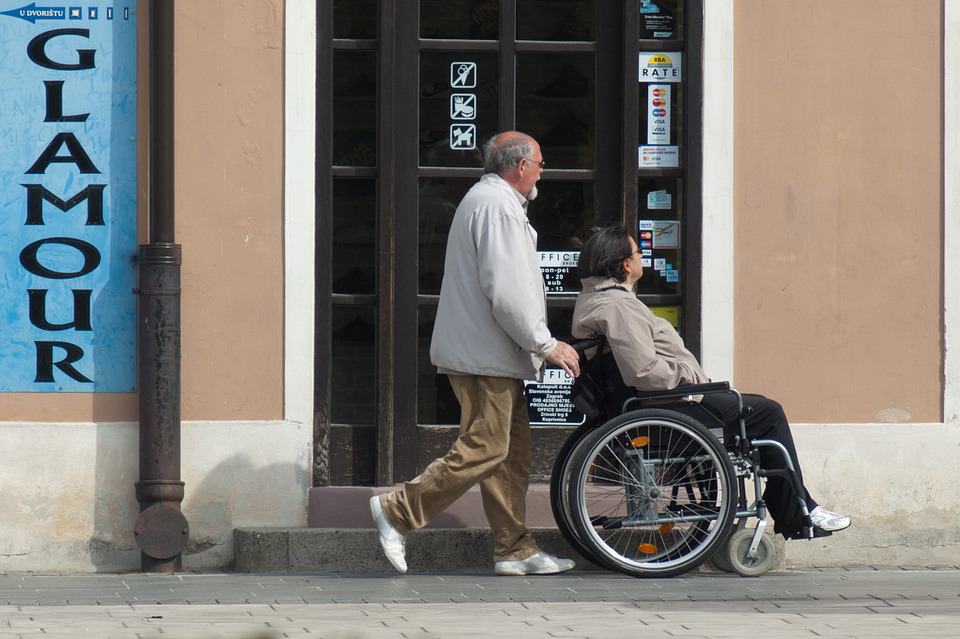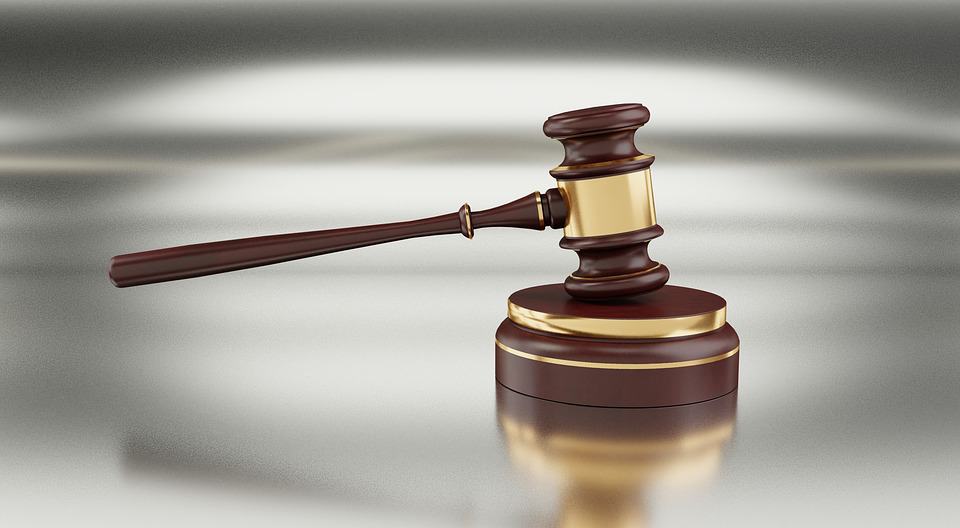San Diego Wrongful Death Law Firm
Money Can Never Replace the Hole Left Behind by the Loss of a Loved One, It Can Ease the Financial Pain that the Family Members Must Endure. We Can Help the Dependents Obtain the Monetary Help They Need.
Money can never replace the hole left behind by the loss of a loved one. However, justice and California law requires a negligent party to pay for all the damage they cause, including the death of another person. Making sure your family obtains full justice means receiving money that can ease the financial pain that the family members are burdened with after someone close has died.
In the event of a fatal accident in San Diego caused by the negligence of another, the surviving relatives of the deceased victim have the right to make what is called a wrongful death claim. In a wrongful death claim, the surviving family is asking for monetary damages for the loss of their loved one.
In the state of California, a wrongful death claim generally consists of four elements:
- The death was caused, in whole or part, by the conduct of the defendant;
- The defendant was negligent or strictly liable for the victim’s death;
- There is a surviving spouse, children, beneficiaries or dependents; and
- Monetary damages have resulted from the victim’s death.
Who Can Sue?
First in line are the surviving spouse, children, and surviving issue of deceased children of the decedent.
If these claimants do not exist, then the next in line in order are the person’s parents, siblings, children of deceased siblings, grandparents, and then their linear descendants.
If none of these claimants exist, it can become a bit more complicated. The second group of claimants includes a putative spouse (someone who can prove that they were married to the decedent but not married by law), children of the putative spouse, stepchildren, and parents of the decedent.
When Must I File a Wrongful Death Claim?
Every state has a limit on the amount of time a person has to file a wrongful death lawsuit in court. In the state of California, the time limit, also called the statute of limitation, is about two years, with a few exceptions.
If you do not file your wrongful death action on time, you will be barred from filing it all together.
How Much and What Can I Sue For?
California law governs the amount of damages that can be recovered by beneficiaries.
Family members can sue for compensatory damages, which cover medical costs, funeral expenses, lost wages, grief, and loss of companionship.
Punitive damages may also be awarded in a wrongful death case if the defendant’s actions were particularly reckless and heinous. These damages are distributed among the survivors.
Contact a Wrongful Death Claim Lawyer
Because of the potentially high amount of monetary damages that can be recovered from a wrongful death claim, insurance will go to great lengths to defend themselves from these actions. It is best to have a dedicated wrongful death claim attorney by your side to make sure you get the best representation possible.
Our wrongful death claim lawyers will make sure you get the reparations you need and deserve. Contact our personal injury law office to set up a free consultation.…




